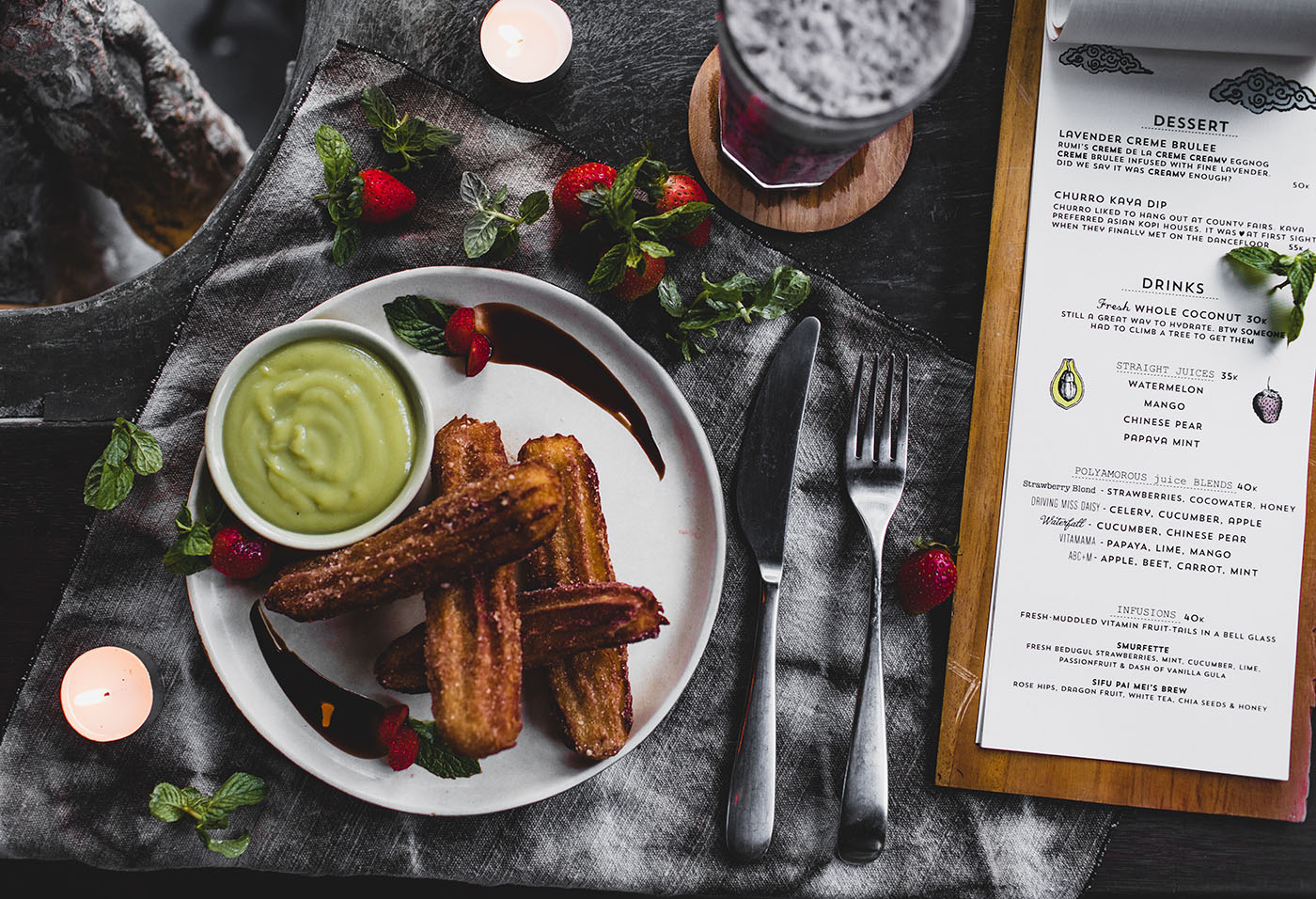How to optimize your restaurant menu to maximize profits
Editorial Team
5 min read
Operating a restaurant is not for the faint of heart. One of the biggest challenges is the industry’s razor-thin profit margins. Much of a restaurant’s inventory has a short shelf life, and labor costs are also high. Add in stiff competition, the lack of scalability (since food is prepared by actual people and made to order), and now a foot traffic-crushing pandemic, and you have a recipe for a very challenging business model.
As we mention in our post on restaurant profit margins, quick-service restaurants tend to have profit margins between 10 and 17%, according to YCchart. Profit margins are even smaller for full-service restaurants (between 3 and 6%, according to Restaurant 365) due to factors like higher labor costs and slower turnover.
Given all these factors, why do people still choose to open restaurants? Well, most restaurateurs do it because they have a passion for food and for people, not because it’s a quick way to get rich.
While profit margins aren’t likely to skyrocket anytime soon, there are some tweaks you can make to your menu to help improve your bottom line. Streamlining your menu is especially important if you’re working with a reduced staff due to the pandemic but it can also boost profits. Here are a few ways to get started.
Measure restaurant menu performance
Knowing your numbers is one of the keys to improve performance. Clover POS reporting can help you break down your sales on an item or category level. For instance, if you set a goal of increasing the average spend per guest, you might try a new tasting menu. To measure your success, you could create a new revenue class in your Clover POS called “new tasting menu.” Then you’d associate all of the menu items belonging to this new revenue class.
Once that’s set up, you can compare the performance of your “new tasting menu” to other revenue classes or even individual menu items. If the new tasting menu achieves your goal of increasing your average spend per guest, you can iterate on a theme and design different tasting menus, for special occasions, based on seasonal produce, or other themes.
Tweak to meet customers’ needs
Updating your restaurant menu in response to current market conditions is another way to optimize for profits. For instance, to head off the uncertainty of the pandemic, many restaurants have doubled down on comfort foods such as chicken wings and mac and cheese, since these items have been in high demand.
Family-style and take-and-bake to-go meals have also been popular at many restaurants, especially when customers get tired of cooking at home. Entrees that serve two or more people can carry higher profit margins than two different, separate entrees. Items like breakfast burritos that travel well and don’t need to be consumed on the premises are another winner at many restaurants.
READ: How to Create a Restaurant Menu (and Optimize It for Takeout & Delivery)
Trim the fat
Clover POS reporting shows you your top sellers and your most profitable items. Sometimes the most profitable item may not be a bestseller, so it’s smart to consider both factors as you pare down your menu.
Let’s say your restaurant menu has eight appetizer options. Some of these appetizers are probably more popular than others, and some have higher profit margins than others. But your staff need to be prepared to make any of the eight appetizers in case someone orders them. The less popular appetizer options could be costing you money, because you have to keep the ingredients on hand. When these appetizers don’t get ordered, those ingredients can eventually go to waste. When they do get ordered, it’s less efficient for your kitchen staff to make eight different appetizers instead of three or four appetizers at higher quantities.
The reporting section of Clover can show you profit margins for each menu item and also identify your top sellers. The easiest items to remove could be those that aren’t profitable or popular. Few customers will miss those items—and they weren’t making you much money anyway. Next, look at what other items you can remove based on their popularity and profitability. Now that you know what menu items are most profitable, you can also highlight those items on the menu with a box and bold font to hopefully sell more.
Don’t forget your supply chain
As you optimize your restaurant menu, think also about what items require ingredients that are more readily available from suppliers. The supply chain issues we saw earlier in the pandemic are largely behind us, but you never know when weather or other factors could intervene. For instance, restaurants and grocery stores across Texas experienced unexpected shortages after a major winter storm swept across the state in February.
Clover POS’s integration with BigCommerce lets you update your inventory and order flows across online and offline channels, so that online customers only see the menu items that are still available. You can lose out on a sale if a customer’s go-to item isn’t available, so avoiding supply chain issues keeps you and your customers happy.
To learn more about how Clover POS can help you optimize your restaurant menu, manage inventory in real-time and gain insights into your sales, request a free demo.
Related Posts
Negotiating commercial leases
How to ask for feedback from customers
Popular Topics
Stay in touch
Sign up and learn more about Clover.
Thank you for your subscription!
More posts about starting a small business
eBook





